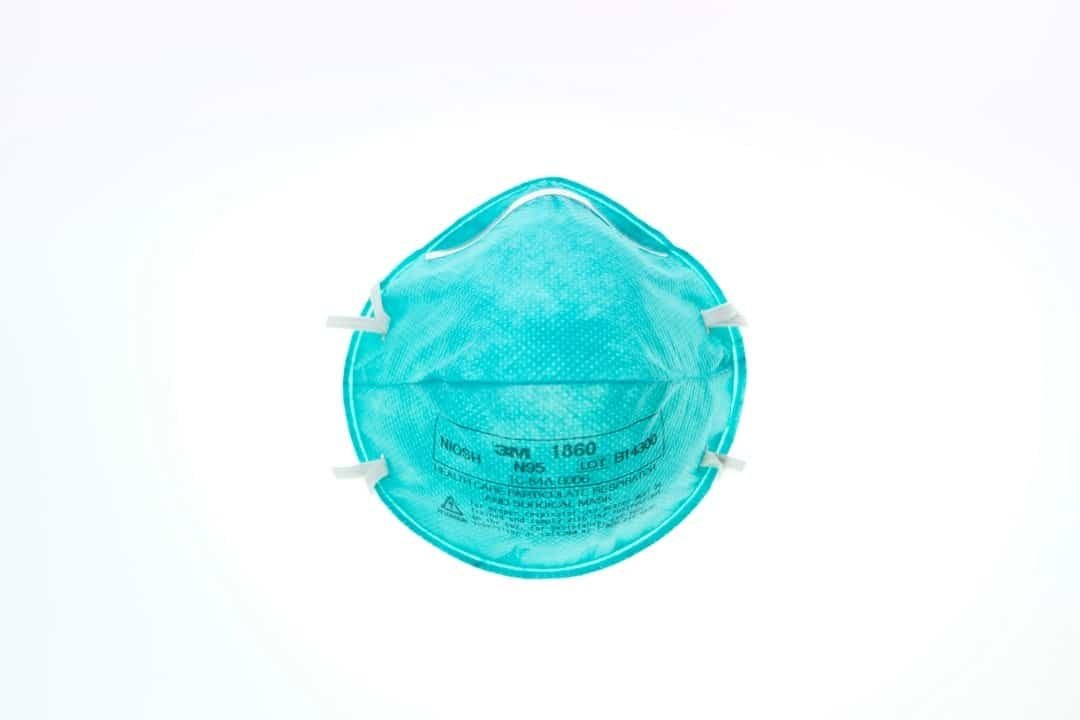COVID-19 Workplace Assessments
As the federal and local government ease back on social distancing measures, how can businesses resume operations while managing the health and safety of their employees and customers?
EnHealth’s Certified Industrial Hygienist (CIH) can provide a comprehensive review of your business preparedness plan.
EnHealth’s Certified Industrial Hygienist (CIH) can provide a comprehensive review of your business preparedness plan against current consensus guidelines on safety measures like physical distancing, hazard communication, health screening, use of personal protection equipment (PPE), enhanced cleaning, indoor air quality (IAQ), and other precautions that promote a safe environment for employees and customers.
The workplace assessment is exceedingly helpful to businesses looking to document the health and safety protocols that are in place, as well as to engage with a health and safety professional to identify areas for improvement.

COVID-19 Preparedness Plan Review
EnHealth monitors the Centers for Disease Control (CDC), American Industrial Hygiene Association (AIHA), and local guidelines for changes in recommendations and best practices on how to minimize the transmission of COVID-19 in the workplace. Our CIH will review your existing preparedness plan for completeness and schedule an onsite visit to evaluates its implementation, and discuss potential program improvements.
During the preparedness plan review, we will:
Evaluate your current practices and controls to reduce the transmission of the COVID-19 virus in the workplace (e.g., enhance cleaning procedures, foot traffic control, social distancing measures, posted signage, locations of hand sanitizer stations, health screening, and more).
Identify opportunities to modify the way work is conducted, so your business can continue while preventing transmission.
Document current health and safety protocols, and if needed, recommend updates to the written preparedness plan.
Cleaning & Disinfecting Verification
EnHealth’s Certified Industrial Hygienists (CIH) can provide surface swab sampling to verify the effectiveness of cleaning and decontamination procedures on surfaces within your business.
In addition to cleaning verification testing, EnHealth’s CIH is able to provide guidance to develop appropriate cleaning protocols if test results come back above the established criteria levels.
The two surface sampling tests below are used to evaluate routine cleaning procedures for frequently touched surfaces (such as elevator panels, tables, telephones, handrails, and doorknobs) and enhanced cleaning and disinfection procedures after persons suspected/confirmed to have COVID-19 have been in the workspace.
Adenosine triphosphate (ATP): ATP sampling is extremely sensitive and provides real-time data to assess the level of cleanliness of the sample surface.
Reverse transcription polymerase chain reaction (RT-PCR): RT-PCR analysis is more specific and can test for the presence of coronaviruses and SARS-CoV-2 on swabbed surfaces.
HVAC Operation & Indoor Air Quality (IAQ) Testing
The general consensus from both the CDC and the American Society of Heating, Refrigeration, and Air Conditioning Engineers (ASHRAE) is that heating, ventilating, and air condition (HVAC) should be part of an overall strategy to limit the risk of indoor infections from COVID-19.
Recommendations include improving central air filtration, increasing ventilation, and increase the percentage of outside air as much as possible, while considering the capability of the existing HVAC system.
EnHealth’s CIH will review the operational status of your HVAC system and perform indoor air quality (IAQ) testing to measure airborne levels of several indicator parameters. Measuring IAQ parameters provides surrogate measures for factors believed to be associated with disease transmission, and can assess whether the HVAC system is providing sufficient air quality conditions for building occupants.
Typical IAQ parameters may include:
Volatile Organic Compounds (VOCs)
Carbon Dioxide (CO2)
Carbon Monoxide (CO)
Temperature
Relative humidity
Particulate matter



